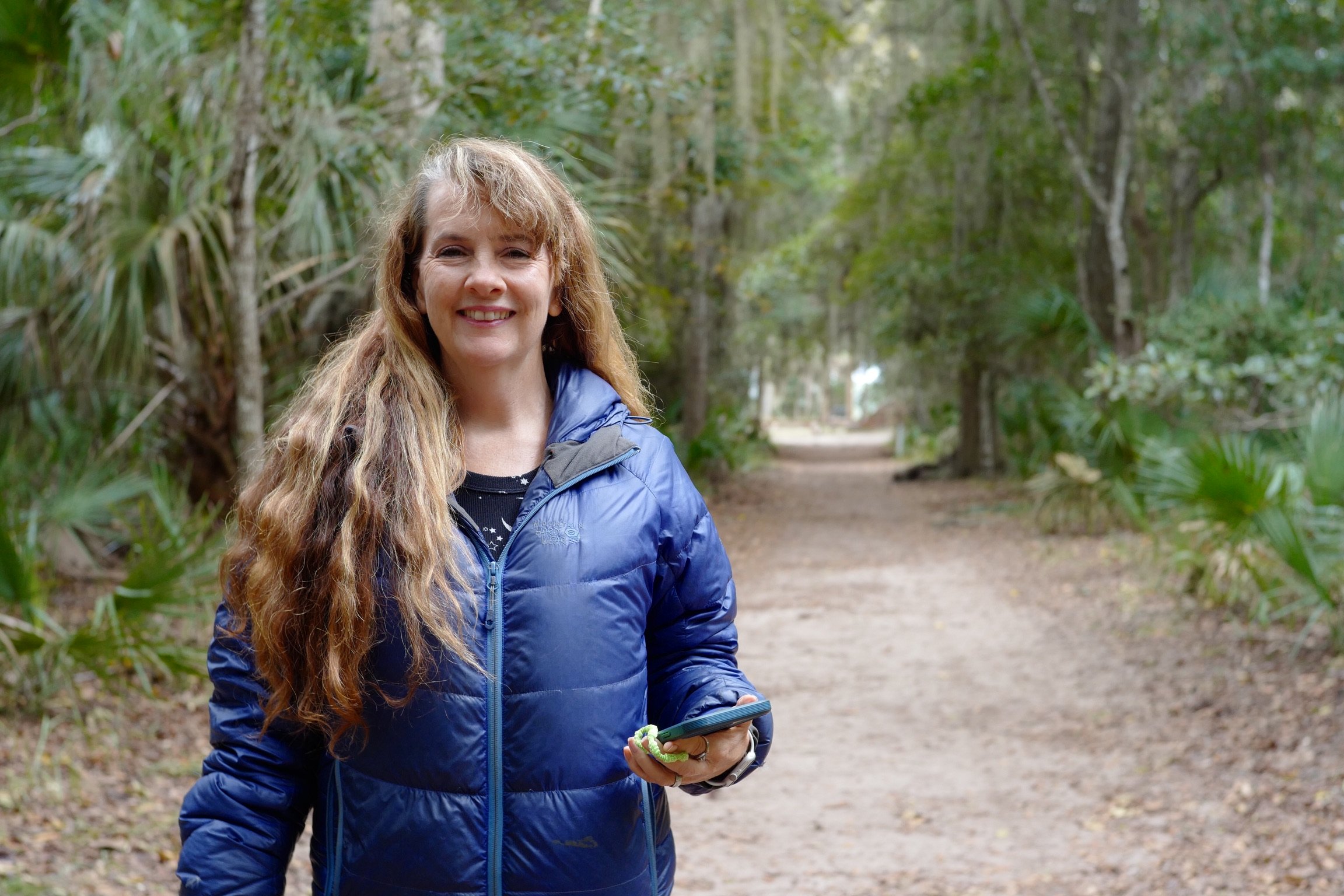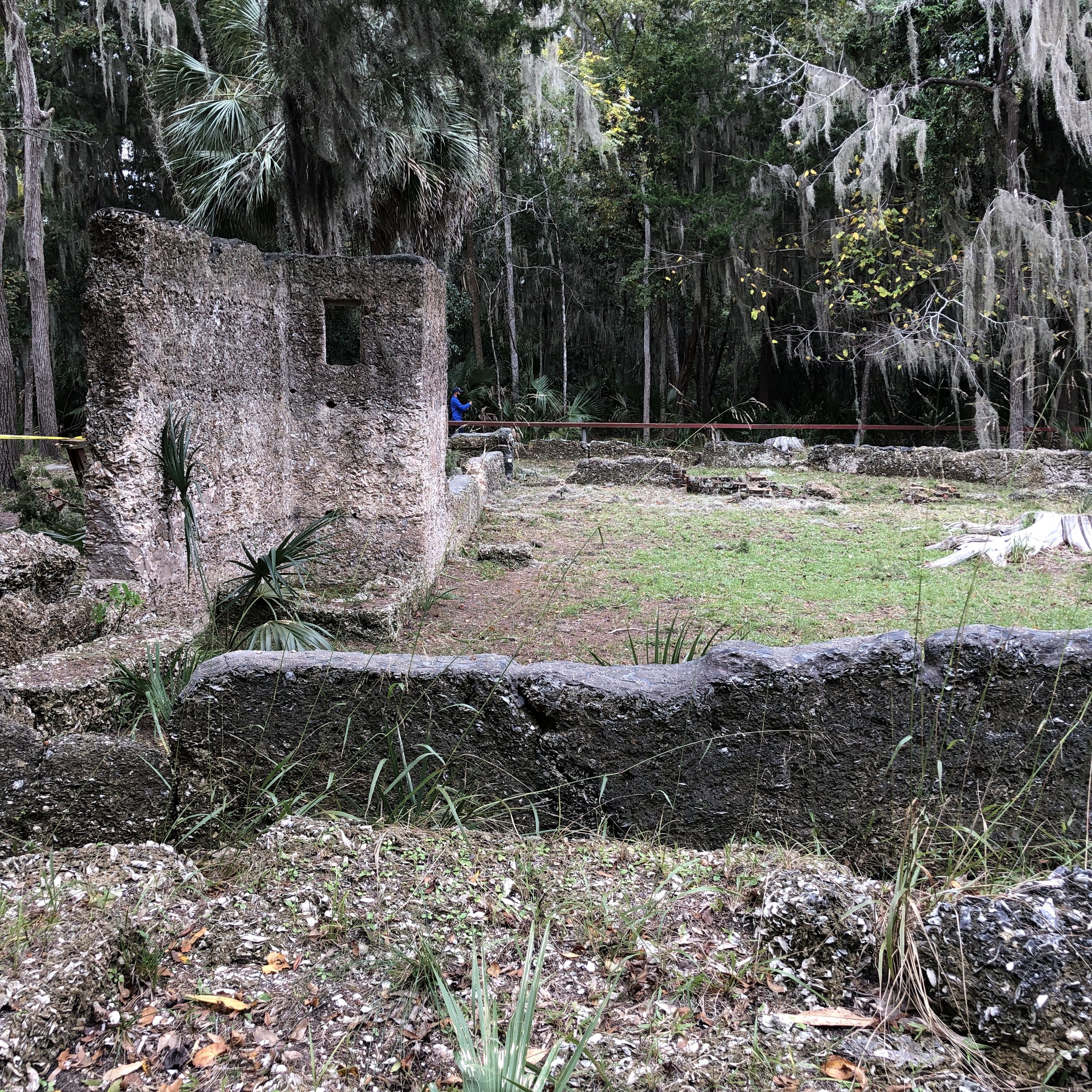Today marks the second deployment of the sBitx and me using it on three different modes.
You see, I spent a good bit of time recently solving the weak audio problem with the SSB mode in this radio. I found the microphone input level is really weak and there was a common solve by installing a more powerful microphone element in the hand mc. I tried this approach and it really didn’t help much for me. l was essentially still yelling at the radio to get it to work. Pictured below is what my radio looked like on the work bench as I worked on the audio level for the microphone input.
I ended up building a pre-amp circuit to boost the audio several dB and this fixed my weak audio problem. I wrote about it in the blog and recently published that post as well if you would like to know more.
Back to the activation, it was a beautiful day and wasn’t really all that hot either. This is a nice departure from the July temperatures I had been dealing with recently.
I setup in my usual place but indexed the truck about 90 degrees so the sun wouldn’t shine directly in my open door. This allowed me to leave it open for the most part. I get so much more aurflow with the door open as opposed to just rolling down the window.
I also ran my 20 meter ham stick on the truck hitch mount I made and just deployed the two radials I tuned for 20 meters. I planned on this activation being kinda short so I didn’t setup for any other band since 20 meters is so active I should easily get my activation locked in on just that band.
I do have some future plans for the antenna mount though. One of thise is to incorporate multiple ham stick mounts (2 specifically) to allow for band hopping without having to get out of the truck. This way if I am setup on a rainy day, I can go ahead and setup two bands at the beginning and then just stay in the truck.
I am beginning to think I want to install a screwdriver antenna again like a Tarheel or something like that and just use that for the quicky ones. I have heard good things about Tarheel antennas and it would make a bunch of my activations so much faster.
I use these CB antenna mounts you get from the truck stops for my base connections. It is an easy way to build an antenna mount from scratch as it has everything you need to attach the antenna to the base.
Something else I like about the sBitx is that even though it is a touch screen design, it can also be mouse operated. This makes using the radio about 100 times easier as some of the touch functions can be fickle. Like picking a station to call on FT8 from the list. It isn’t super hard to do by hand but it is MUCH easier to do with a mouse. Because of this, I have started bringing a USB mouse with me on my activations.
Yet another reason I like this radio… lol. It can also use a USB keyboard as well and you can “type” CW with it if you want but I dont worry with that as I really dont have the room for the keyboard at this time. Maybe at some future point I will add a shelf for those items. Haha.
All in all it was a great activation and I really enjoyed the time at the park as well. It was really cool to be able to use SSB with this radio! That alone made this particular trip unique. I think prior to this that I had made just one SSB contacts total! ONE! Now that mode is going to be showing up in the logs more and more and I can’t wait to share those trips with you one here.
73
WK4DS











































































